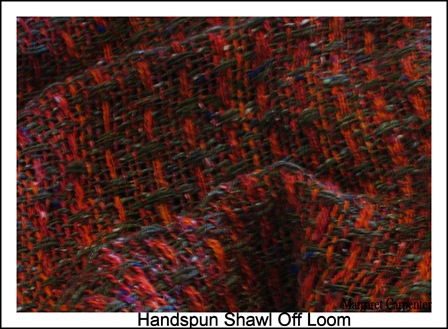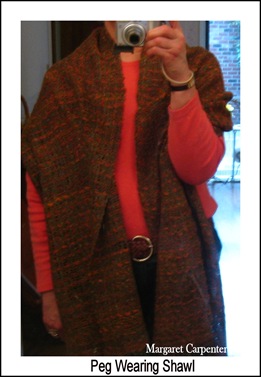FIRST
Today is my birthday. When I came to my computer, there was a paper copy of the web page with the camera tripod I asked for. On it was written the note: “if you still want this, please order it.” Hurrah!
BACK TO THE BUSINESS AT HAND
Nigel had mentioned in an email a book by Kay Greenlees called Creating Sketchbooks for Embroiderers and Textile Artists. I purchased this book, perhaps six months ago. I skimmed through the whole thing and then started reading it. I stopped about a third of the way through and put it away.
I loved the book. It was beautiful. But how does a weaver create a sketchbook? The notion of drawing rocks or manhole covers, or leaves, or flowers and working from them to a weaving just didn’t seem to work for me as a weaver.
I had been following Nigel’s blog. He is using sketchbooks in the Bradford course. I knew that was part of the Bradford course. But still, though sketching is nice, I still didn’t see any real sense in it for weaving. Maybe for tapestry weaving. But not regular weaving.
And then Nigel mentioned the Greenlees book. So I got the book back out. I began to read it a bit more carefully.
Greenlees says that a sketchbook can be a written journal. In a sense, that is what I keep on the computer. So if I were doing the Bradford course, or something similar, I would have to transcribe the written sketches on the computer into an actual sketchbook. And of course it would include actual weaving drawdowns.
E-SKETCH BOOKS
This time I noted that Greenlees discusses what she calls E-sketch books. She doesn’t seem overly enthusiastic, though she admits others are. She discusses pros and cons and suggests things to keep in mind as the artist looks for the most appropriate software for her purposes.
One of her concerns is the ease of mark making. So she is still thinking of an E-sketchbook as a computer equivalent of a literal sketchbook. I am not concerned with mark making or making sketches in a journal. I am interested in collecting ideas, both verbal and visual.
Any mark making I might be interested in doing can be done in Paint Shop Pro and I can bring anything I do there into other software.
HUNTING FOR SOFTWARE
I have some journaling software on the computer. I tried it a bit. It is a good way to keep the kind of stuff you would keep in any ordinary Word or Word Perfect document. But it fails miserably as an art journal.
Why? You can’t put objects anywhere you want on the page. You simply cannot design a page. And you can’t look at two pages next to each other.
MICROSOFT PUBLISHER
A number of years ago I did a newsletter for our weaving guild in Atlanta. Always interested in new things, I purchased Microsoft Publisher. Easy to learn. Creates an effective newsletter.
Microsoft Publisher. Why not? You can design pages freely. You can view two pages side-by-side. So I went to work. And here is a page I put together rather quickly, just to see how it might work: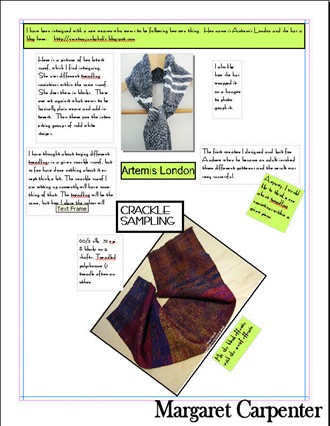
SOME OBSERVATIONS
The blue and pink lines are simply margin guidelines and do not print out. Also, the light squares around the various pieces of writing do not print out. They are simply guidelines.
And my name at the bottom is for the purpose of this post and is not on the actual page. Also, since this is the first page, only that page can be viewed. But when I work on the inside pages, then I can view the two pages side by side, as if I were looking at the real thing.
And of course, when I have filled a volume (I can add as many pages to this volume as I want), I can always print it out and have it bound. If I want to.
I can’t attach actual samples, actual yarns, actual leaves…….. But otherwise I do believe this offers exactly the flexibility I need to create a sketch book.
I checked the latest version of Publisher. Mine is 2000 and the latest is 2007. But the latest version has no advantages for me over my version to warrant spending the money.
USING IT?
Now what I need to do is to figure out a system for using it. Ideally, putting in something once a day would be great. But I do not have that kind of time. So I am going to have to do it like one day a week or some such thing. Maybe Greenlees has some ideas.
Or I could just keep it open on the computer. Right now that is a bit dangerous for the novelty of it keeps me at it to the point that it becomes a time waster. But the novelty surely will wear off (though the novelty of blogging hasn’t worn off yet……….).
Related Posts:
Playing with Color
PixeLoom, Paint Shop Pro and Gradated Warps
Painting a Mock-up – with Paint or Computer Software
Crackle Jacket: First Rumblings
“Sketchbooks for Weavers” was written by Margaret Carpenter for Talking about Weaving and was originally posted on April 13, 2009. ©2009 Margaret Carpenter aka Peg in South Carolina
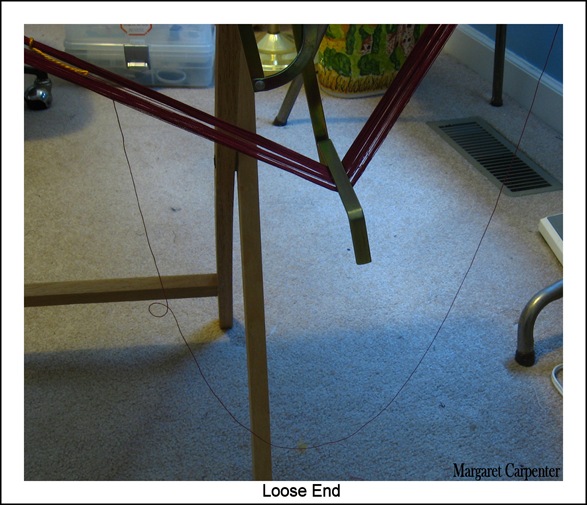 Yes, I am giving it center stage because I am…….well, I don’t know what I am! At least the long-awaited tripod arrived, and does it ever make a difference. That blankety-blankety-blank loose end shows up so nice and clearly on the photo……..
Yes, I am giving it center stage because I am…….well, I don’t know what I am! At least the long-awaited tripod arrived, and does it ever make a difference. That blankety-blankety-blank loose end shows up so nice and clearly on the photo……..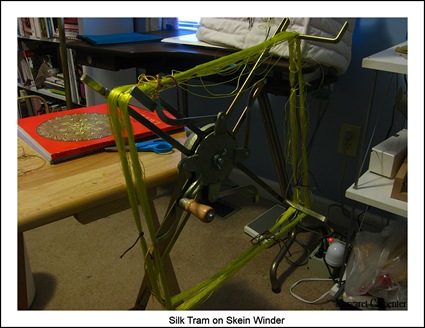


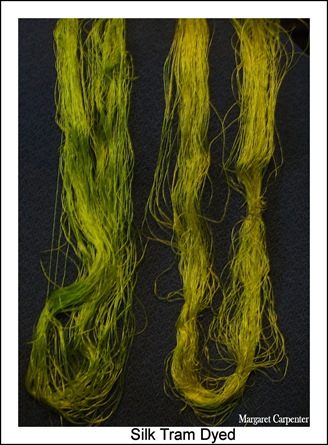
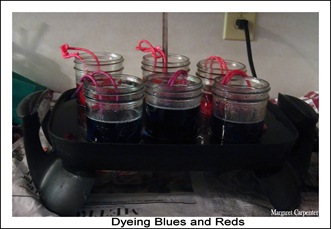



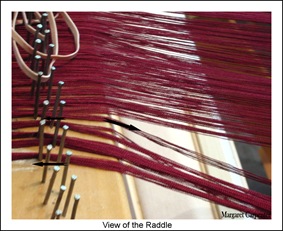
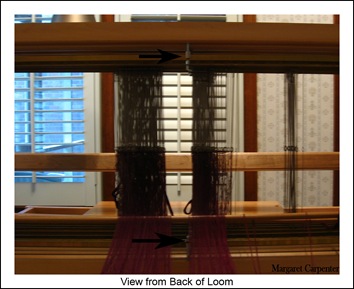



![Warp Bout Wound on Bobbin_thumb[2] Warp Bout Wound on Bobbin_thumb[2]](http://lh6.ggpht.com/_FRdsujJPYQM/Sdo2WoNhNAI/AAAAAAAABiY/OZZT0y2N_jI/WarpBoutWoundonBobbin_thumb24.jpg?imgmax=800)

